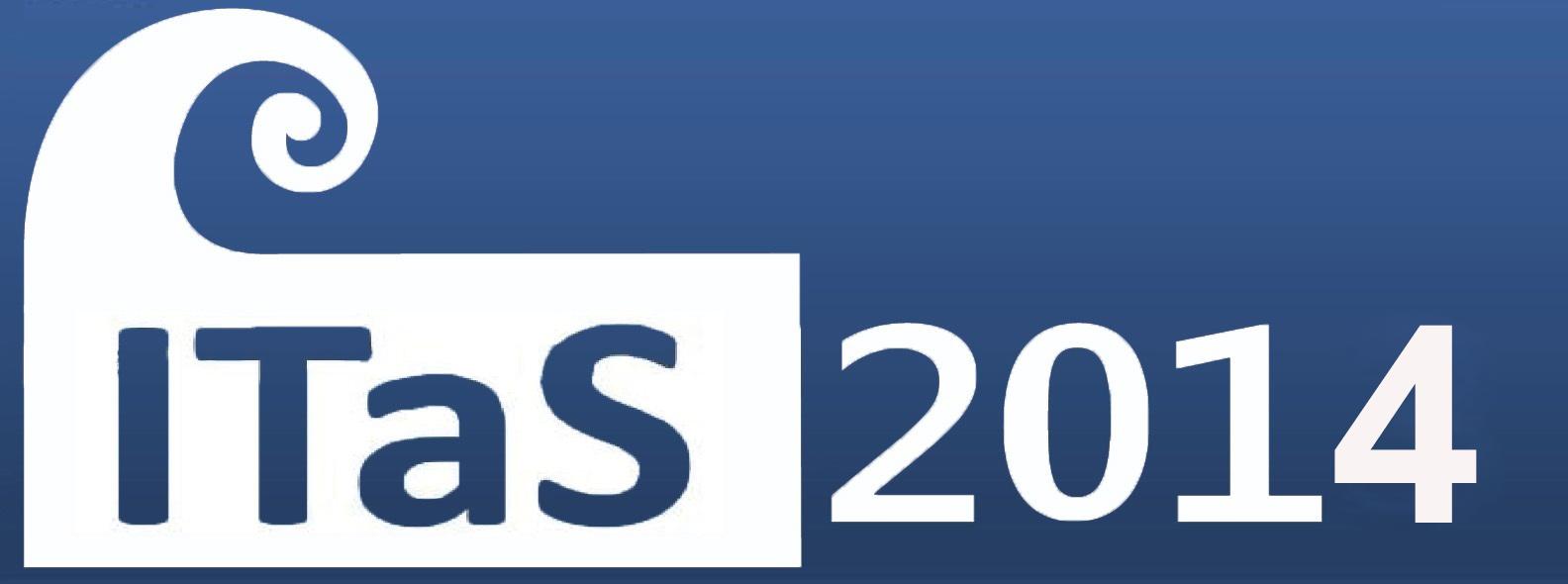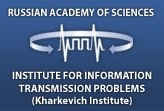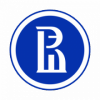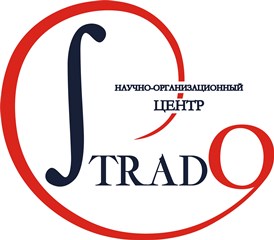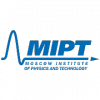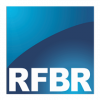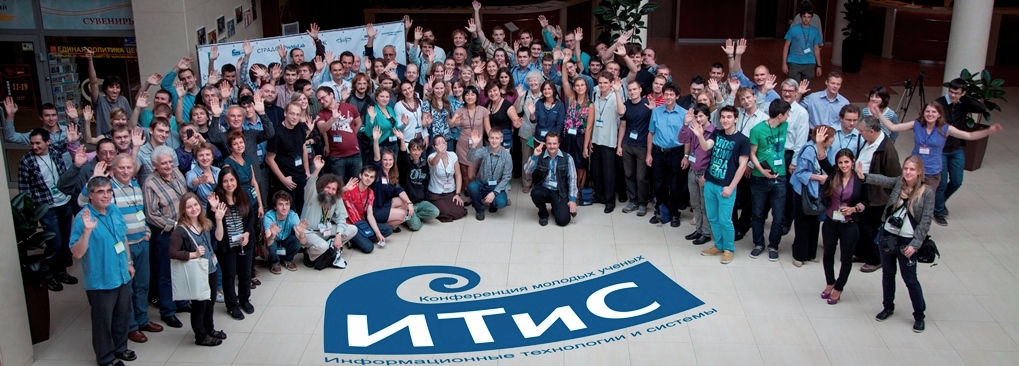



About the conference
What is ITaS?
Information Technologies and Systems (ITaS) is the annual School and Conference of the Kharkevich Institute for Information Transmission Problems (IITPáRAS). Back in 1966 the Institute, then under the aegis of the USSR Academy of Sciences, organized its first young scientists' conference, which since then became annual and took place thirty times until 1995. Then, after some hiatus, the tradition was resumed in 2007 when the conference was re-baptized with its current name, ITaS.á
The ITaS series of conferences provides the young scientists of IITP and other leading research centers with an opportunity to meet, exchange their research experience, and discuss the current open problems in diverse areas related to information technologies.
What is the scope of ITaS?
The list of topics includes (but isánot limited to) the following:
- Data transmission networks: technologies, standards, and protocols
- Information technologies and control science in ˝omplex systems and networks
- Data transmission, protection and processing
- Computational linguistics and modeling of natural language
- Informational processes in living systems
- Bioinformatics
- Mathematics: information theory, algebra, and number theory
ITaS 2014: Where?
ITaSĺ14 was the 38th Conference and School on Information Technologies and Systems organized by the Council of Young Scientists of the Kharkevich Institute for Information Transmission Problems (IITP) together with the Scientific and Organizational Center STRADO, Laboratory of Structural Methods of Data Analysis in Predictive Modeling of the Moscow Institute of Physics and Technology (PreMoLab), and Laboratory of Algorithms and Technologies for Networks Analysis (LATNA). It took place near Nizhny Novgorod, in oneámost vibrant regions on the science and technology map of Russia. Our partners in 2014 were two of Russia'sáNational Research Universities: theáLobachevski University of NizhnyáNovgorod (UNN) and the Nizhni Novgorod branch of Higher School of Economics (HSE).
Created in 1916 under the name ofáPopular University, the UNNábelongs to leading Russian universities. It is a renowned research and educational center working ináareas such as theory of oscillations, radiophysicsapplied mathematics, biology, etc. It became host to the country's first Radiophysics department in 1945, and the first Computational Mathematics and Cybernetics department in 1963.
HSE is arguably the country's most dynamically developing university. Created immediately after new Russia came into existence in 1991, it grew from a smalláeconomics and political science school into a classical university combining economics, social science, and the humanities with pure and applied mathematics,áengineering, and physics.áThe NizhnyáNovgorod branch of HSE, created in 1996,áis the first of HSE's campuses outside Moscow. It hosts faculty of business informatics and applied mathematics, which collaborates with us in organization of ITaS 2014.
ITaS 2014: How?
We have organized keynotes on hot topics and invited outstanding researchers from all over the world. In addition to the keynotes, a number of regular and poster sessions provided an opportunity for young scientists to present their results. A novelty of this year was the demonstration session.
A significant part of the conference was aáworkshopádedicated to the centenary of Alfred Yarbus, an eminent specialist in the field of vision physiology, who worked for a long time in the Institute for Information Transmission Problems. The workshopáconsisted of a lecture and a demonstration parts.
Along with scientific program ITaS included an active entertainment program.
The legacy ITaS'14 have left
The proceedings were published online (witn anáISBN number). The extended version of selected papers was published ináthe special issue ofáJournal of Communications Technology and Electronicsl published by Springer and indexes by the Web of Science.
